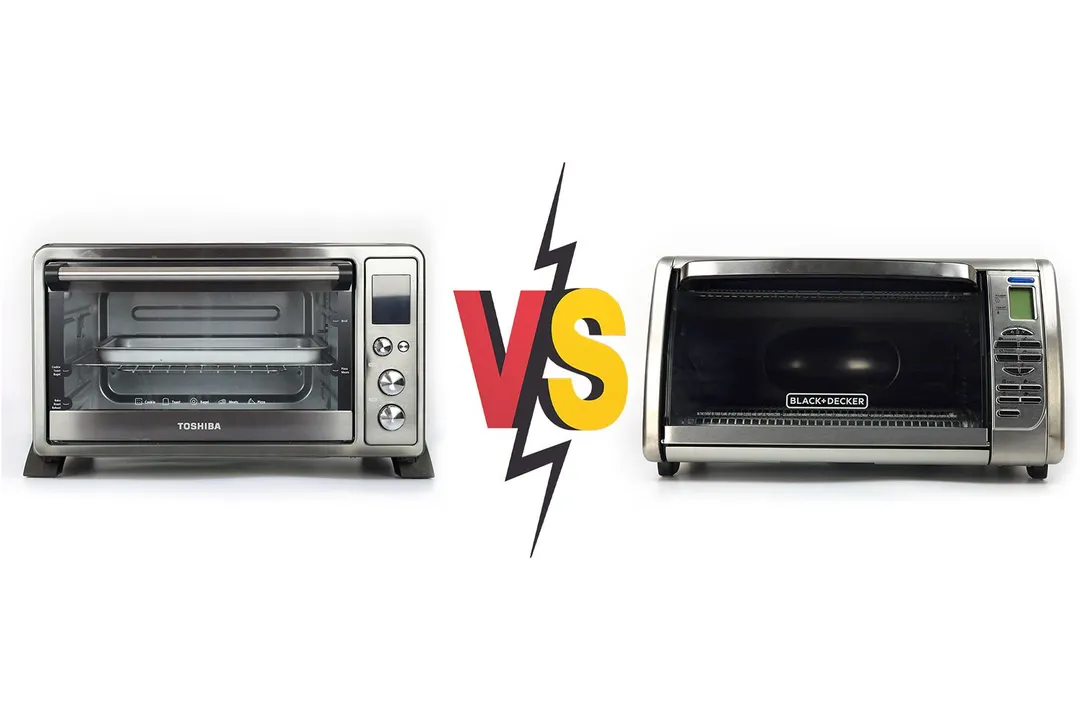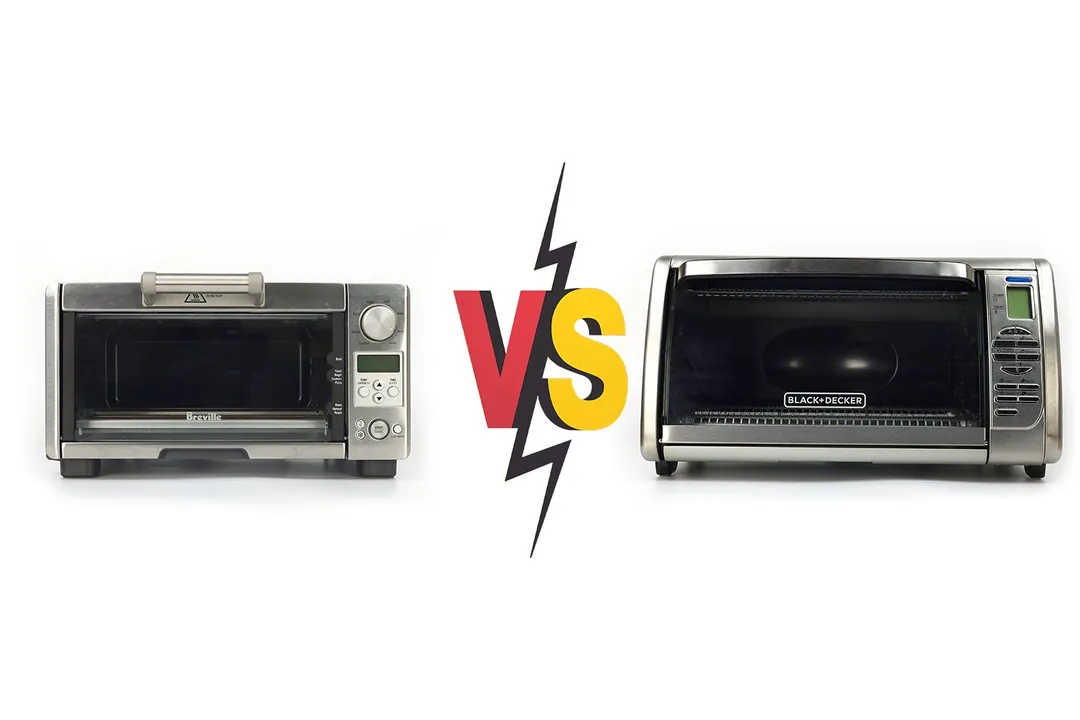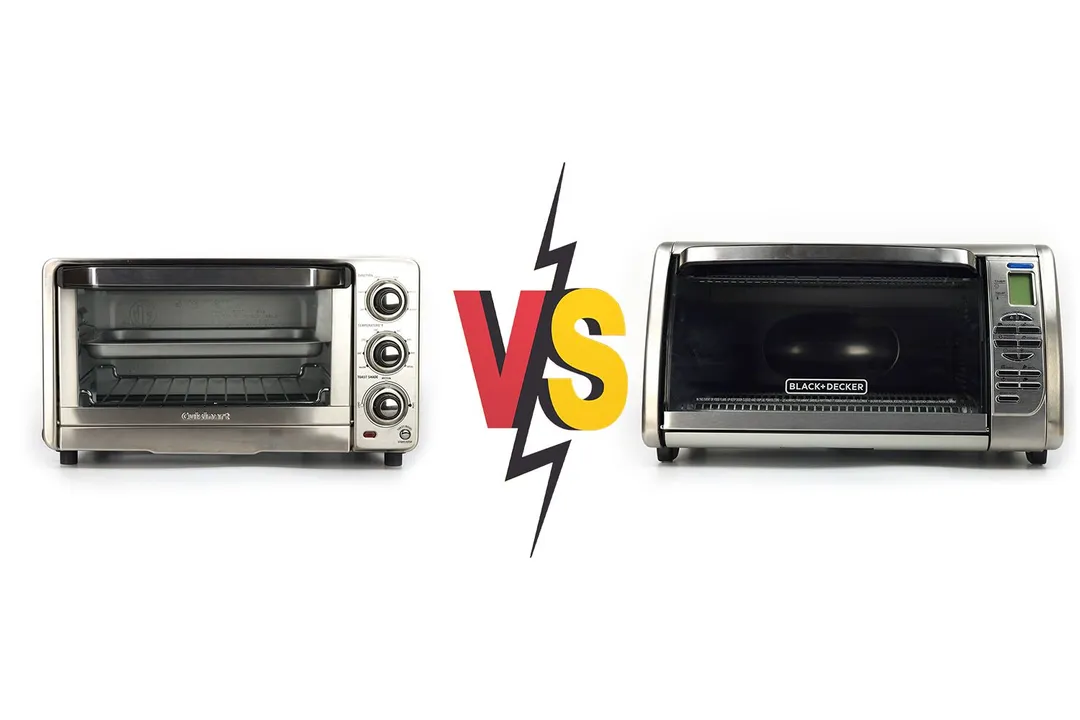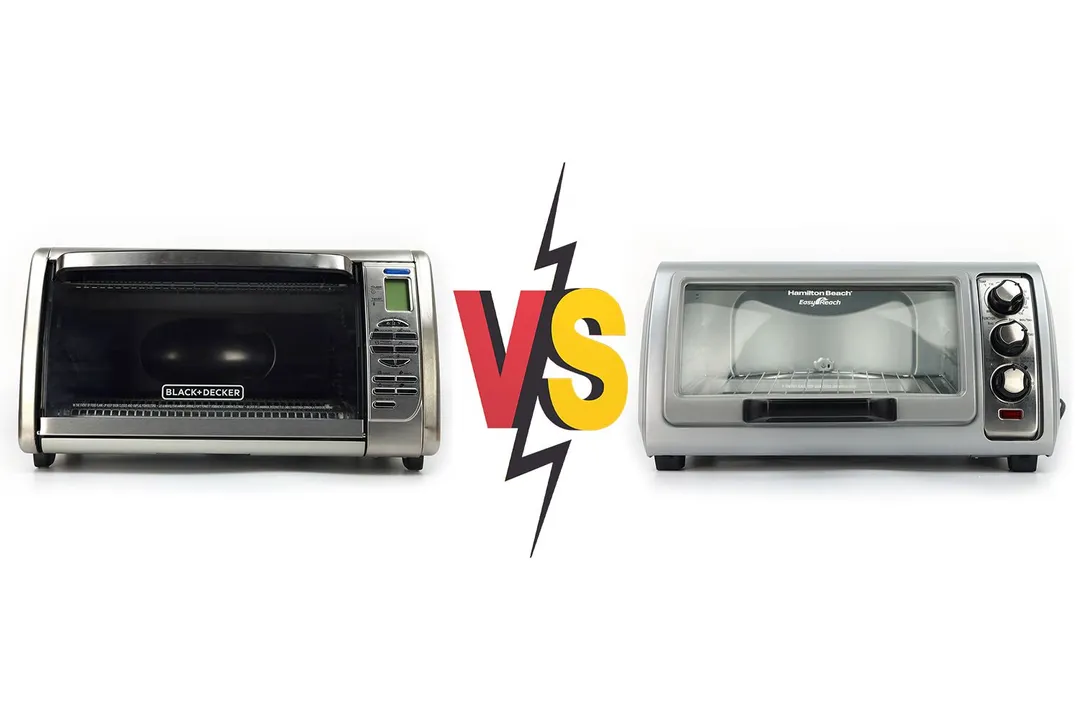Our recommendations are made independently through Research & Testing. We may receive commissions from purchases made via our links.
Black+Decker CTO6335S vs Ninja Foodi XL Pro Toaster Oven Side-by-Side Comparison
Black+Decker CTO6335S vs Ninja Foodi XL Pro Toaster Oven. Two large digital convection toaster ovens—our best budget choice and our best large pick.
Black+Decker Convection
Tested Using Methodology v1.0Ninja Foodi XL Pro
Tested Using Methodology v1.0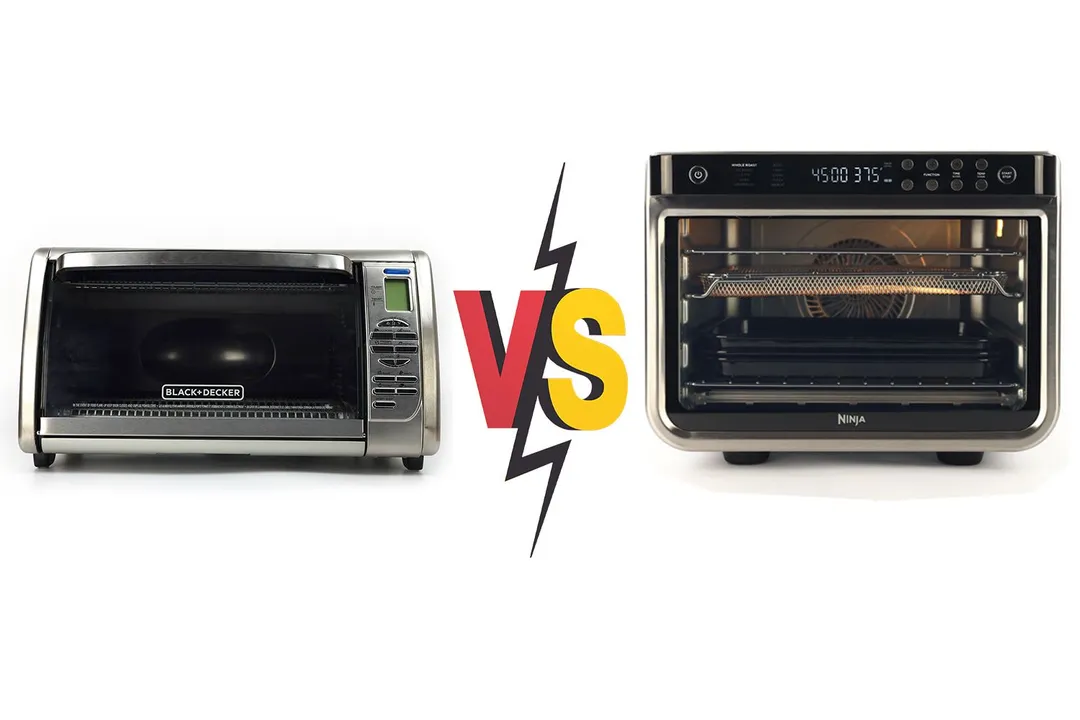
Overall Verdict
Both the Black+Decker CTO6335S and the Ninja Foodi XL Pro (DT201) are large digital convection toaster ovens. The differences between them are the reasons why the first one is our best budget choice while the second is our best large pick.
The CTO6335S scored above average in every aspect, with a low price to boot. On the other hand, the Foodi XL Pro has excellent scores in all departments. Although it’s true that the Ninja is priced three times more.
The DT201 has a larger capacity, more detailed digital display, more toggles switches, and more accessories. Moreover, the Ninja’s higher power output and more powerful convection allowed it to pull ahead in all of our tests, whether it’s toasting bread, roasting chicken, or air frying fries.
The two units’ results in baking pizza are quite even, but we have no doubt that the Ninja would have a higher score if the tested food was fresh pizza.
Pros & Cons
- Large capacity
- Highly affordable
- Easy-to-clean stainless steel exterior
- High-contrast digital display
- Sturdy exterior
- Cool-touch door handle
- Convenient slide-out crumb tray
- Straightforward and informative control panel
- Tailored cooking functions
- Family-sized capacity
- Tray-level suggestions
- Sturdy construction
- Well-designed accessories
- Easy-to-clean stainless steel exterior
- Cool-touch door handle
- Convection fan isn’t all-applicable
- No internal lighting
- Buttons not reliably responsive
- No safety mechanism for the door
- Faulty interior light upon received
Key Specs
Where to Buy
*You help support HealthyKitchen101's product testing and reviews by purchasing from our retail partners.
Analysis and Test Results
Performance
Toast
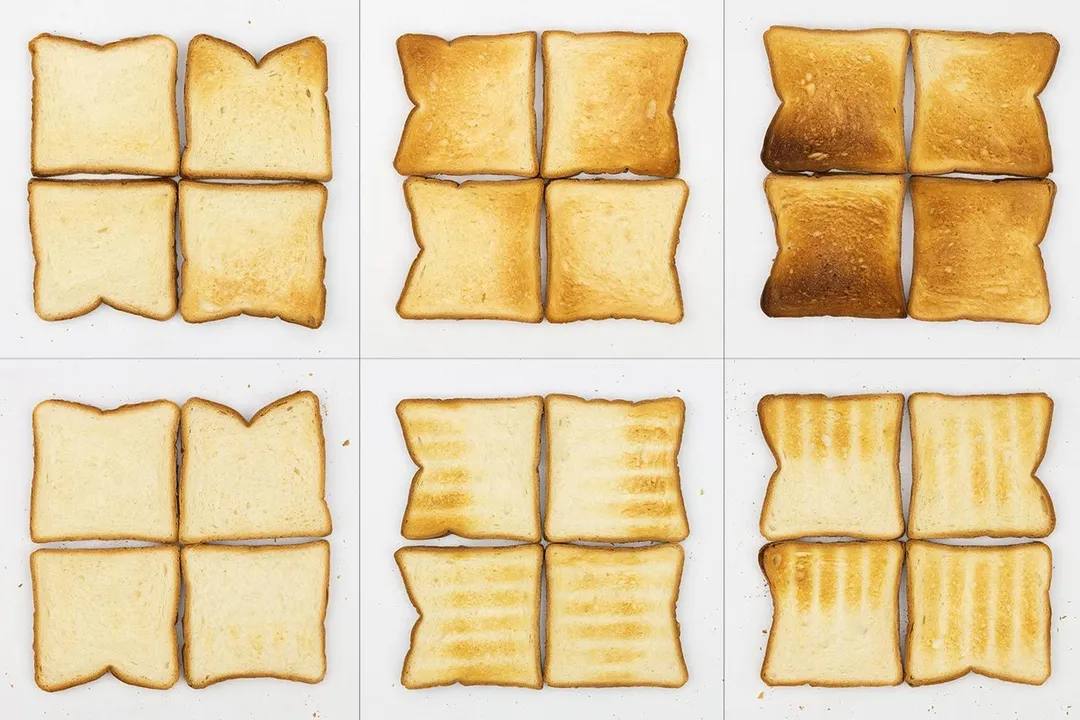
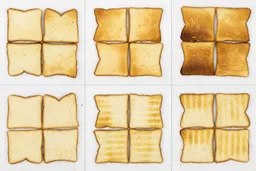
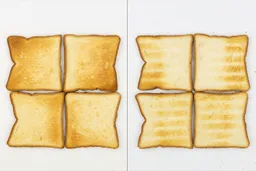
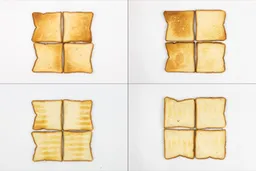
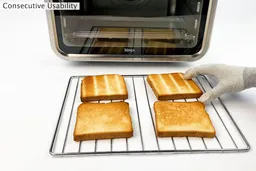
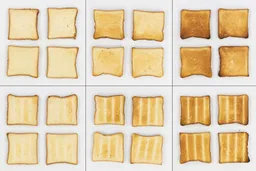
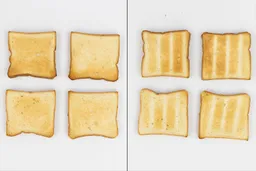
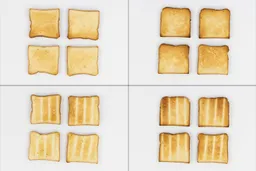
Pizza
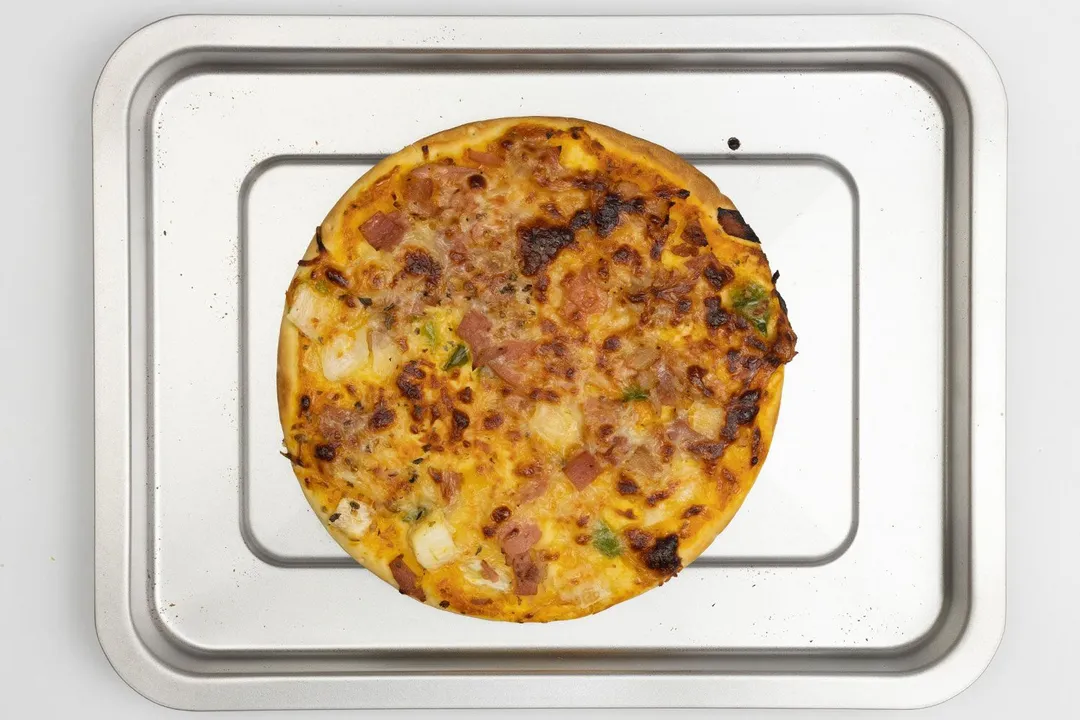
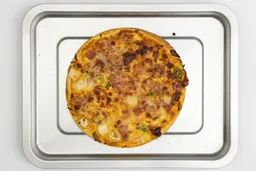
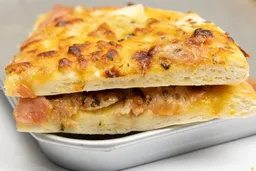

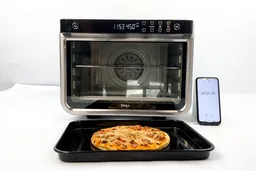
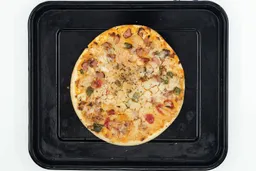


Whole Roasted Chicken
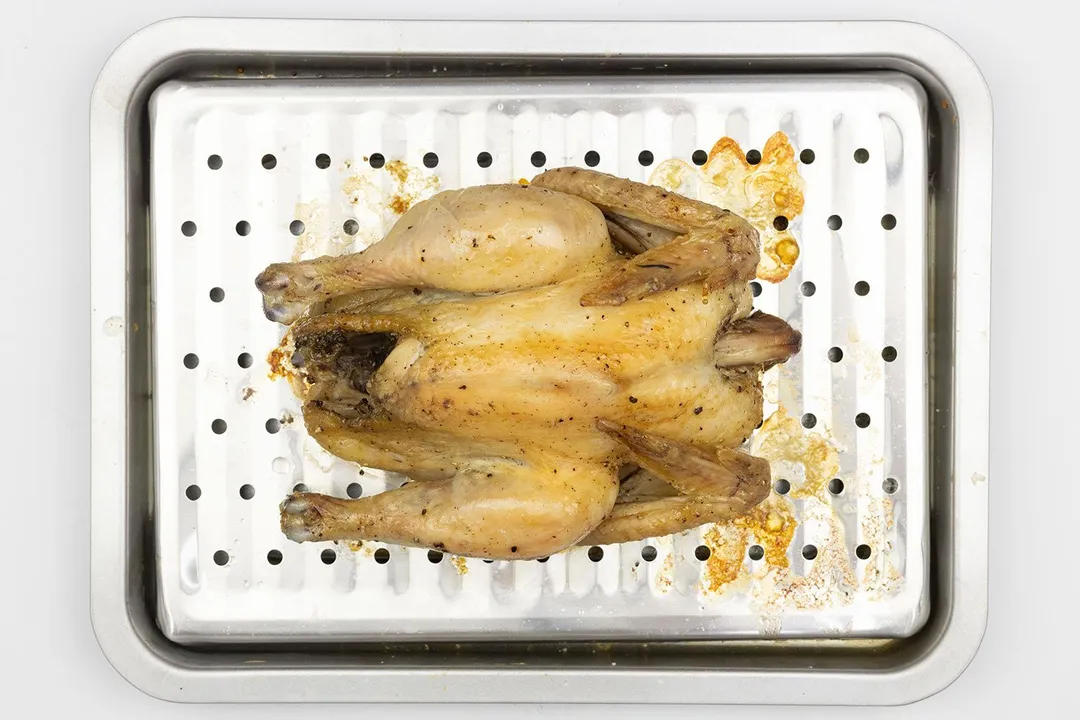
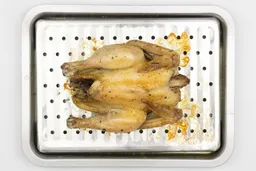
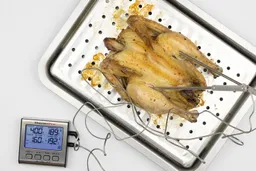
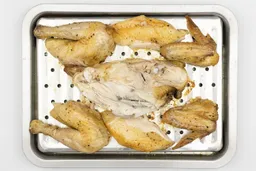
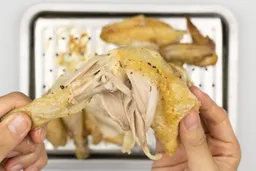
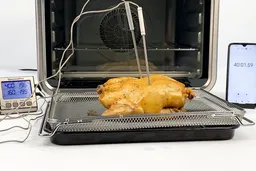
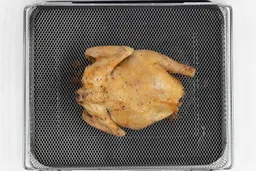
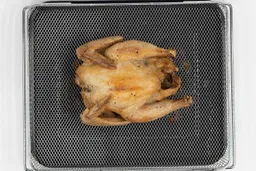
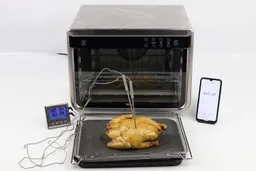


Baked French Fries
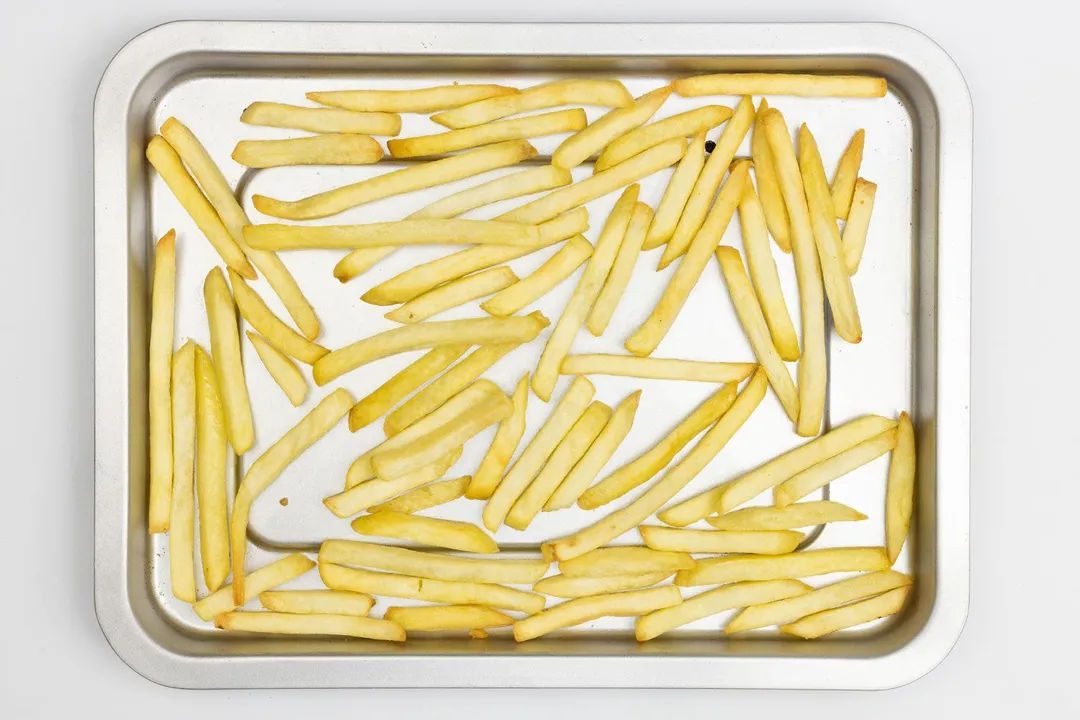
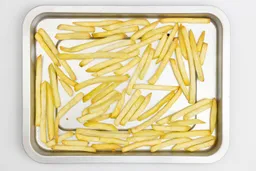


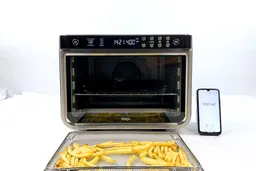
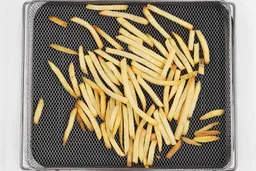

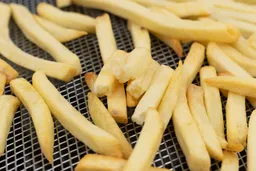
Design
In the Box
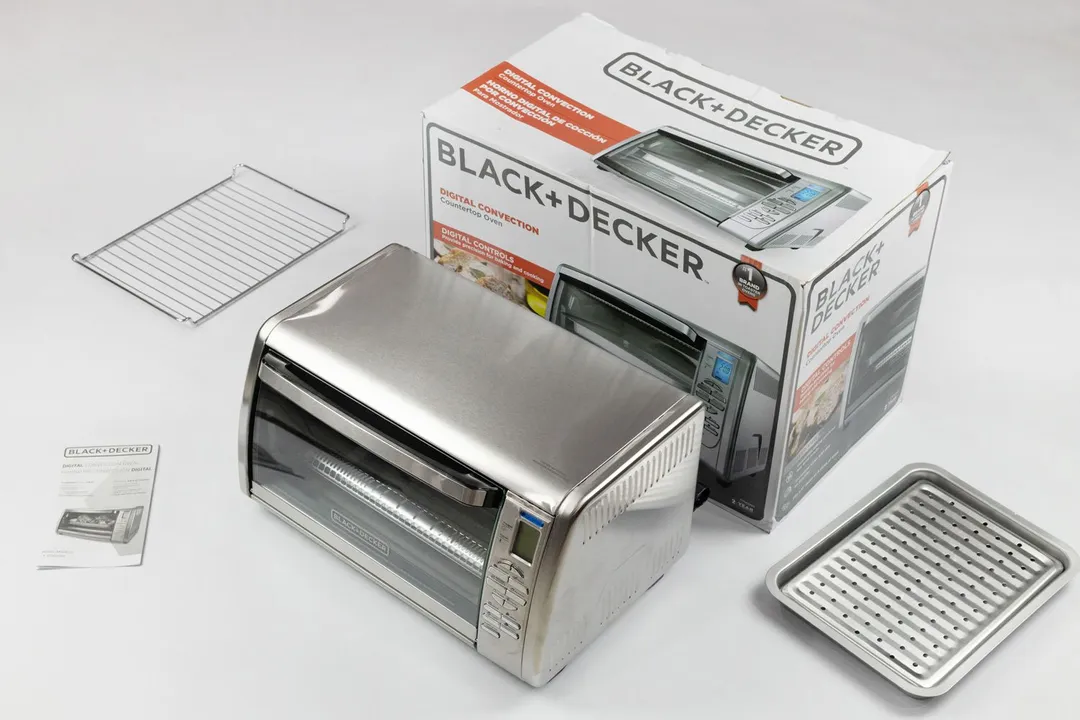
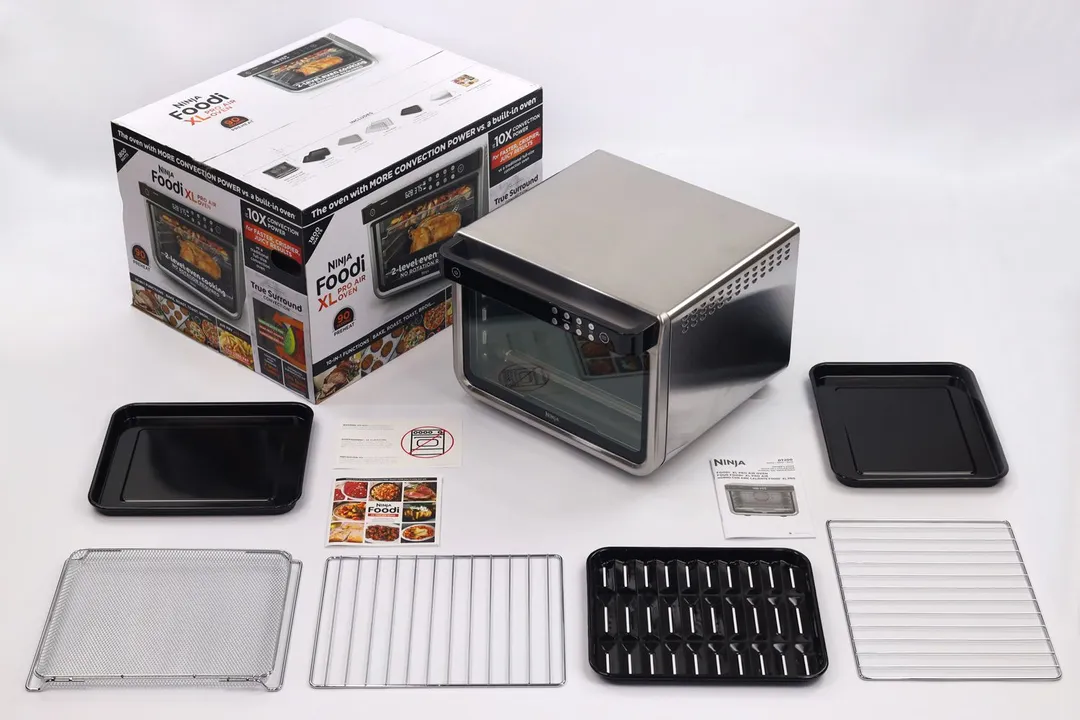
Exterior
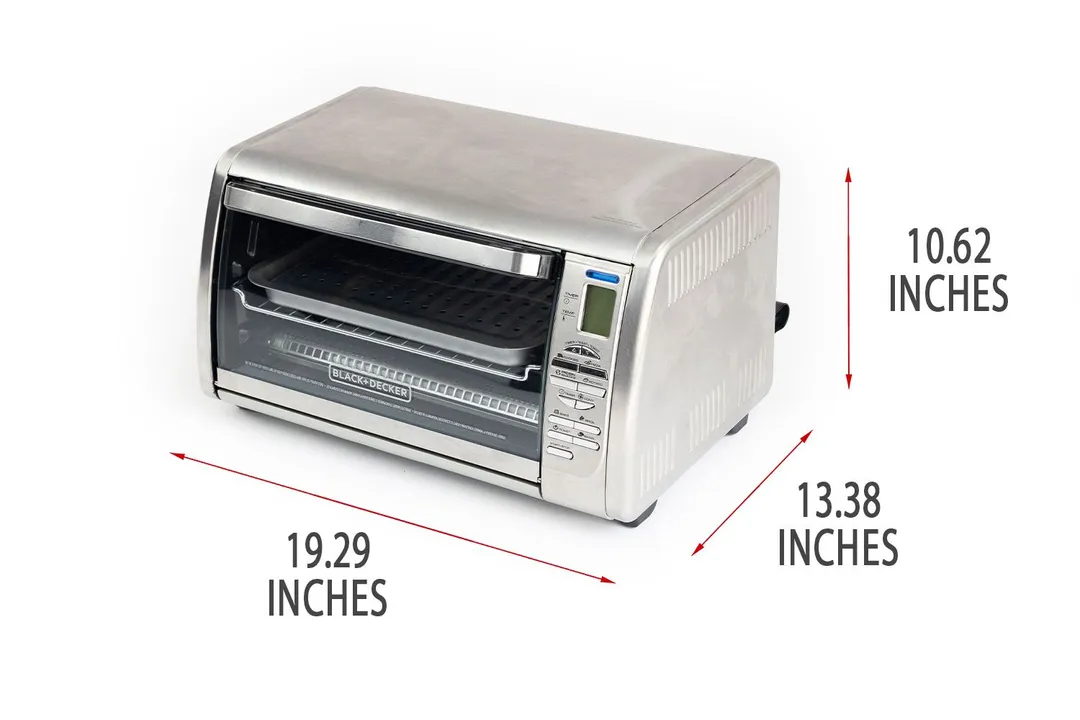
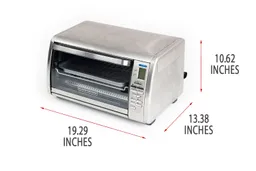
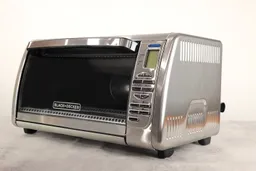
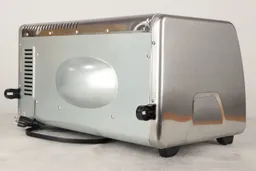
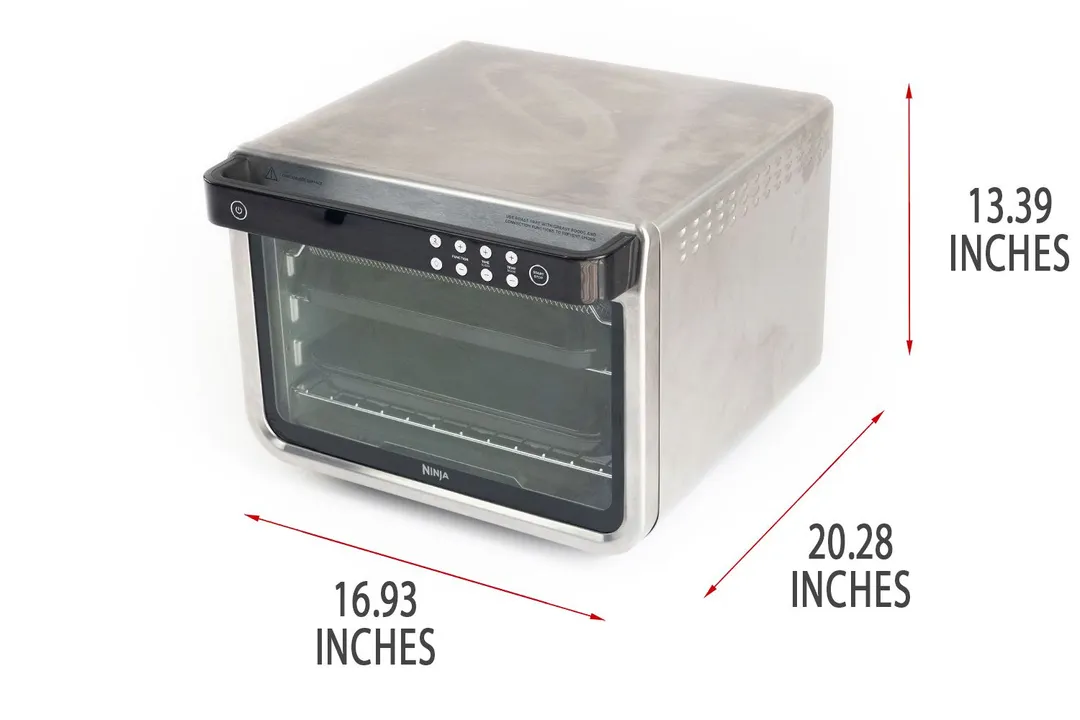
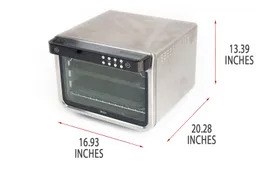
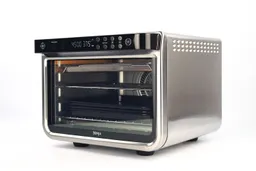
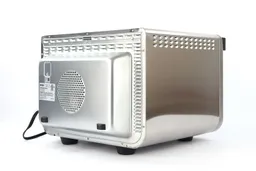
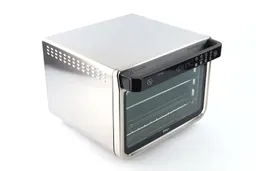
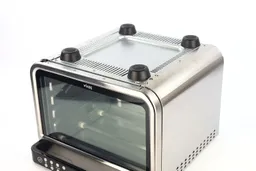
Control Panel
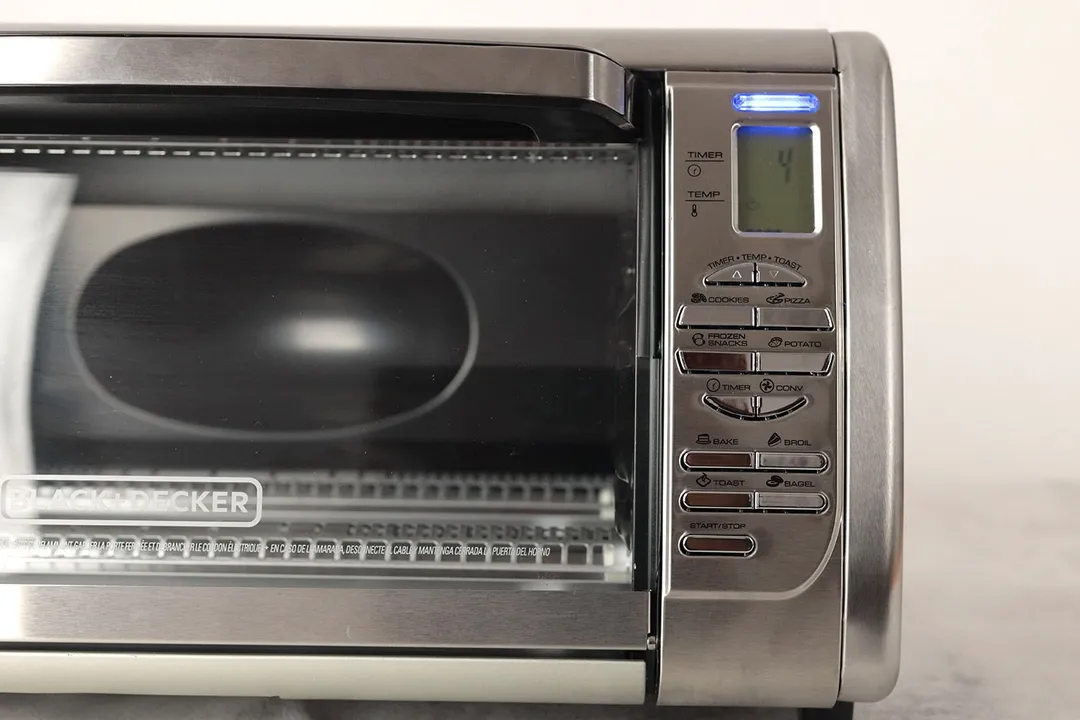
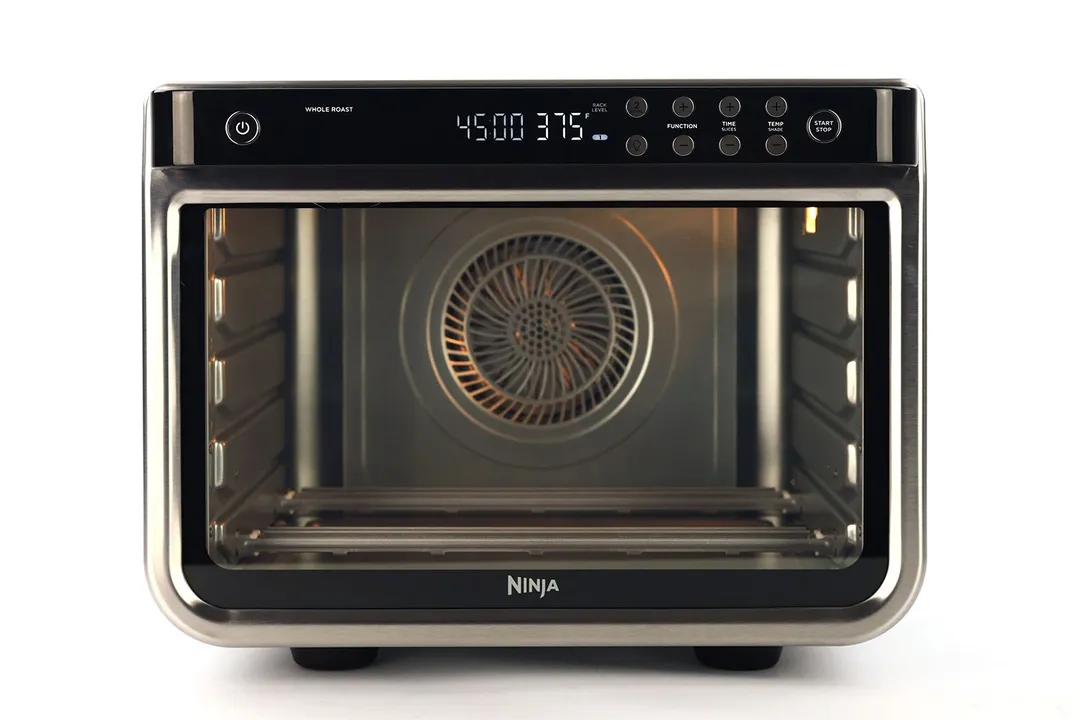
Cooking Functions
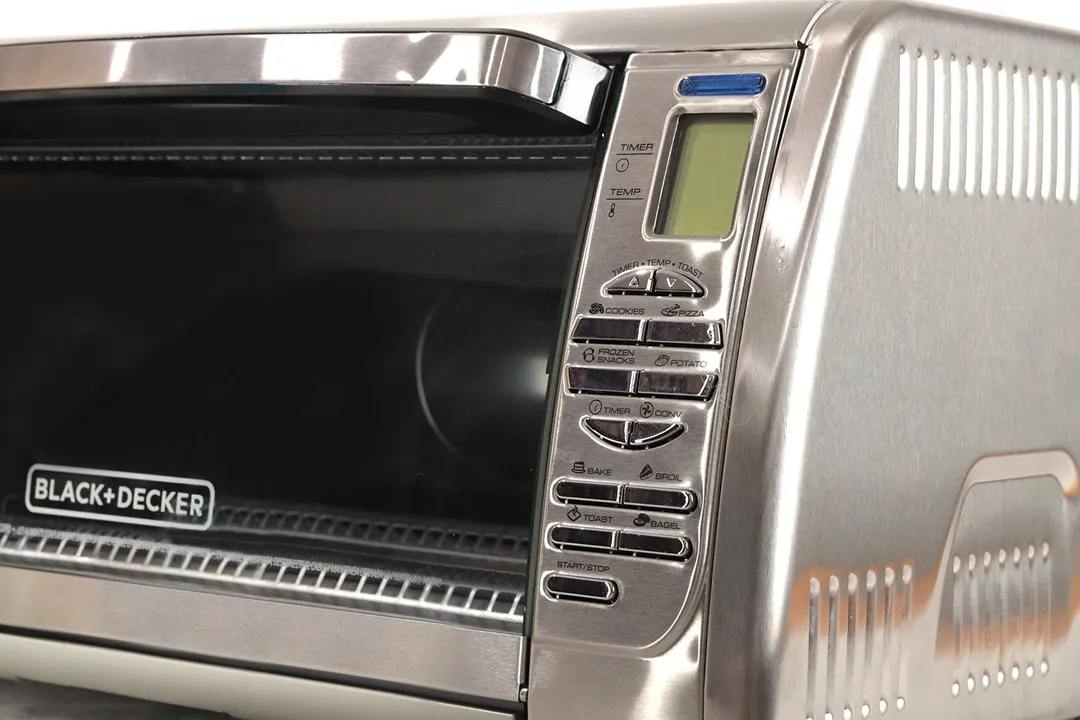
Interior
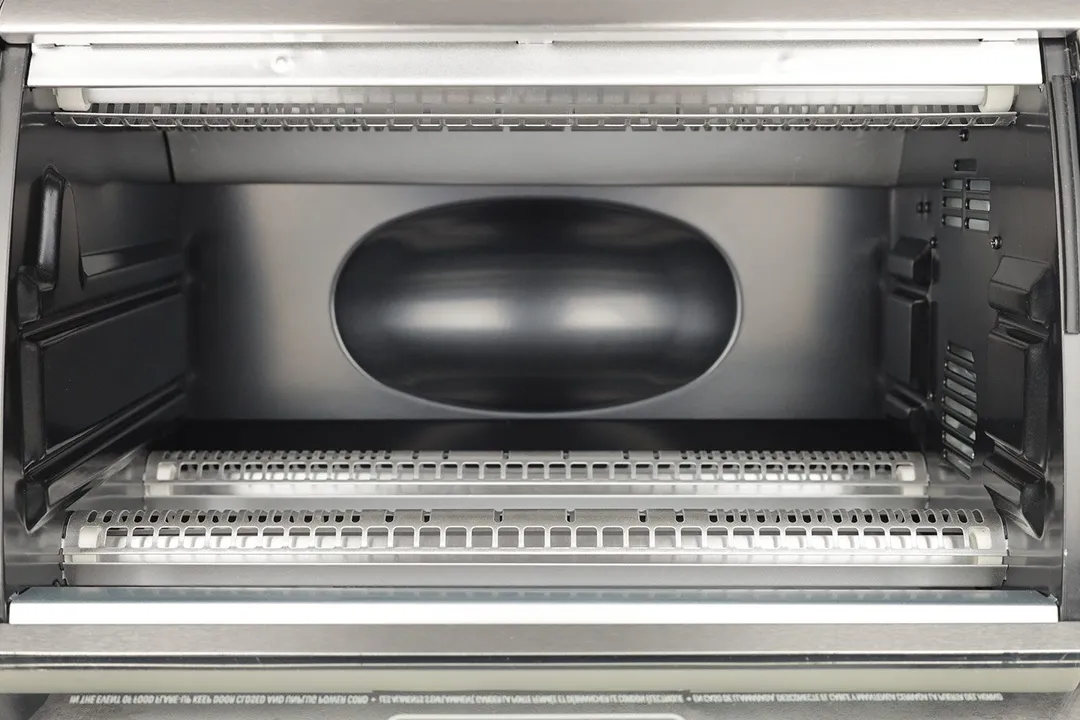
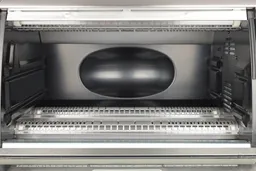
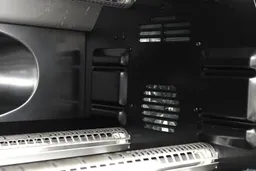
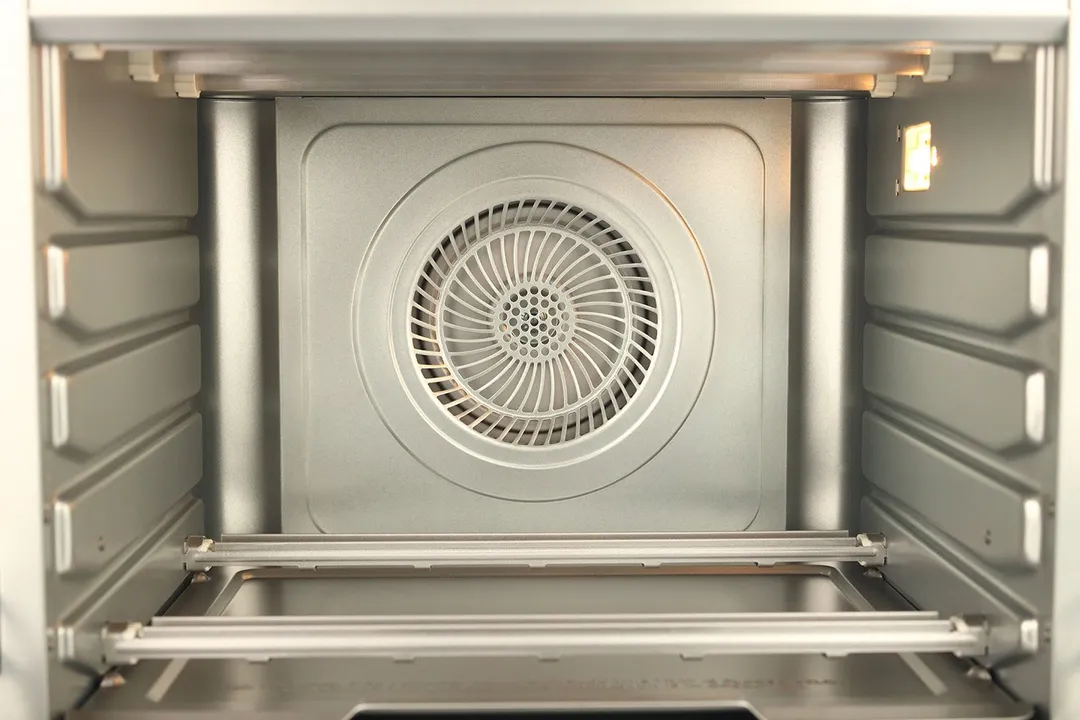
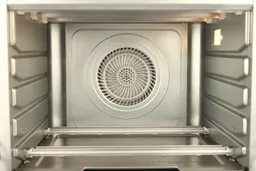
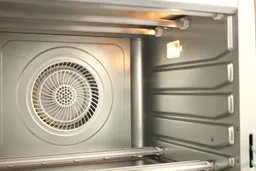
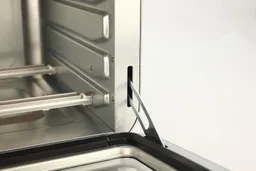
Power Cord
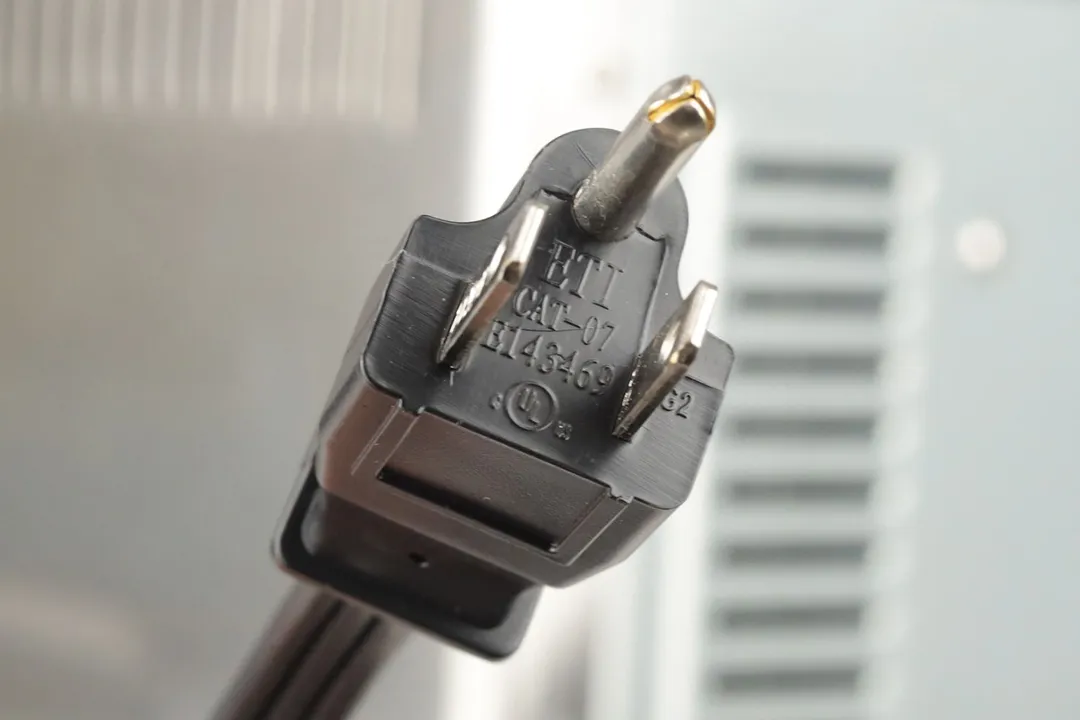
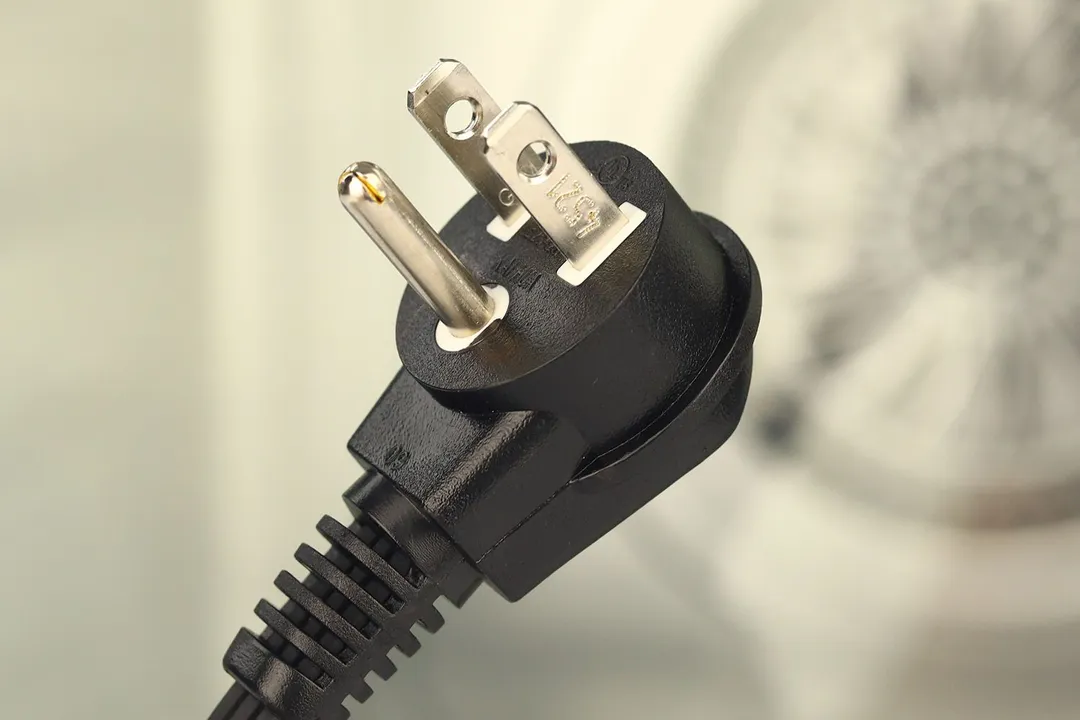
Accessories
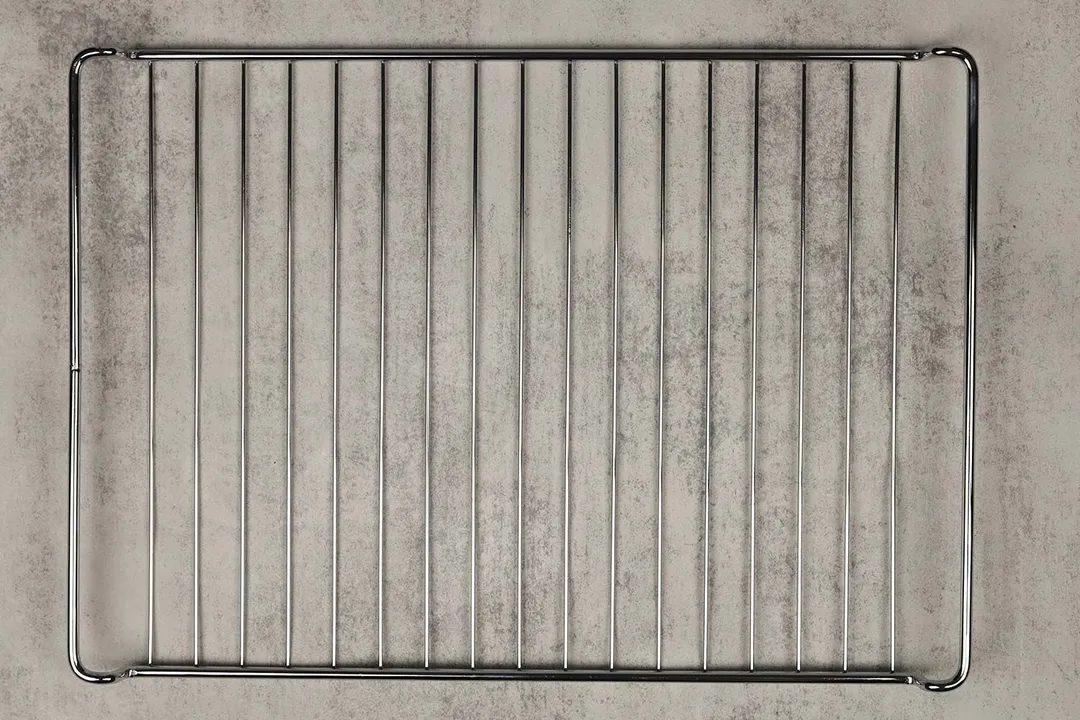
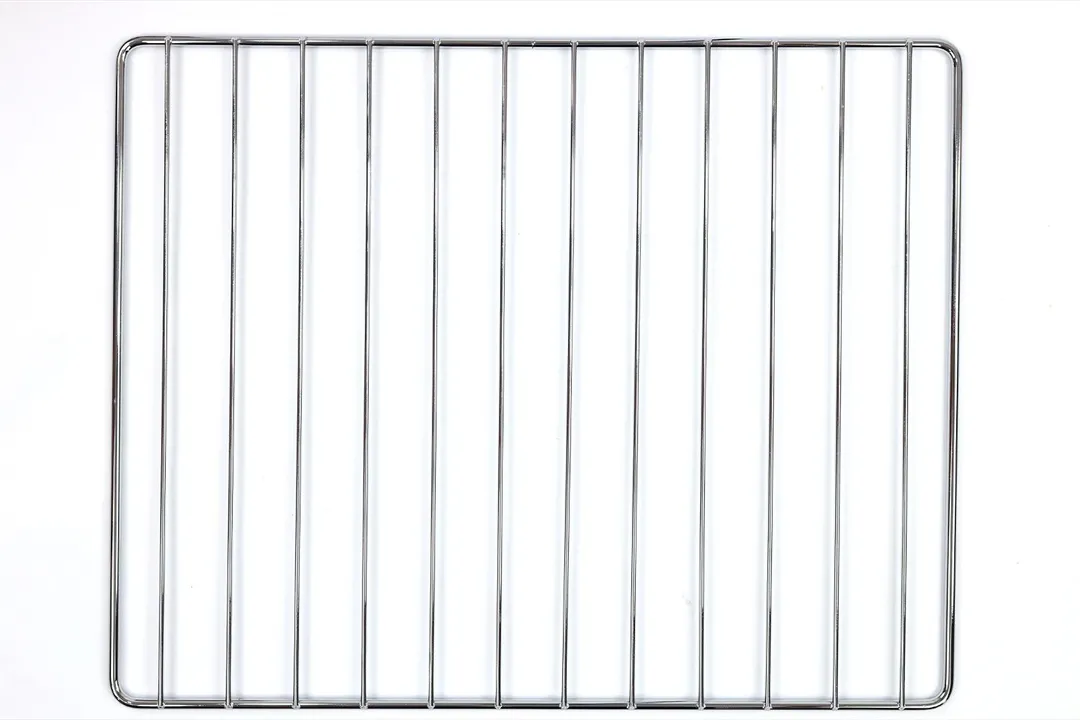
Build Quality

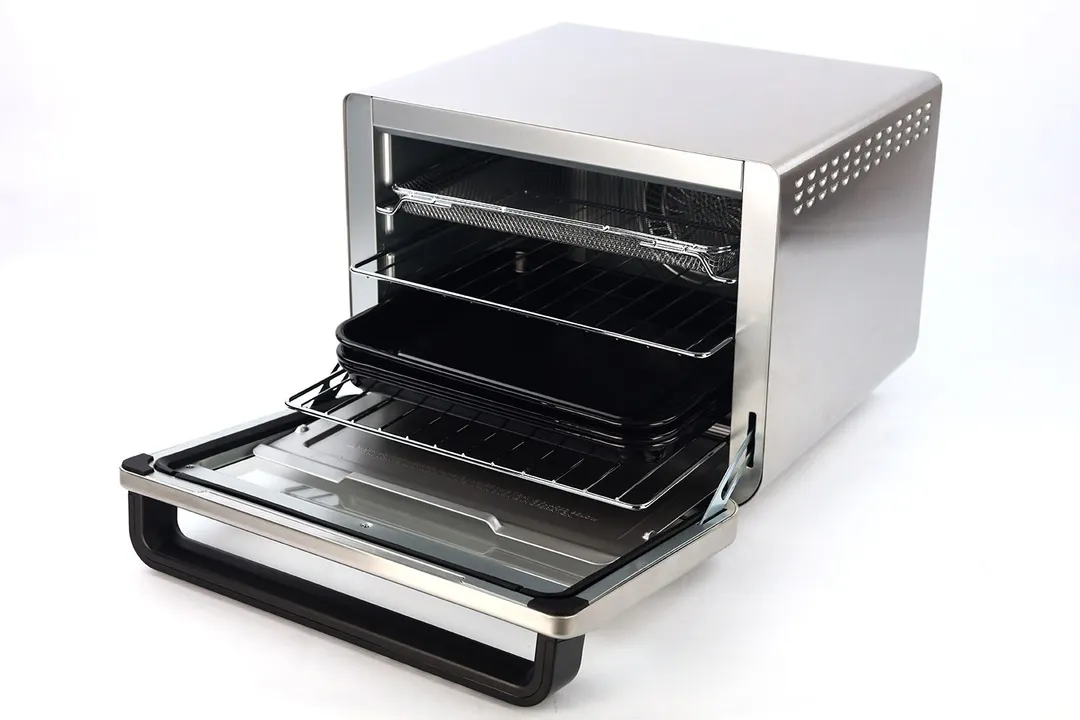
Capacity
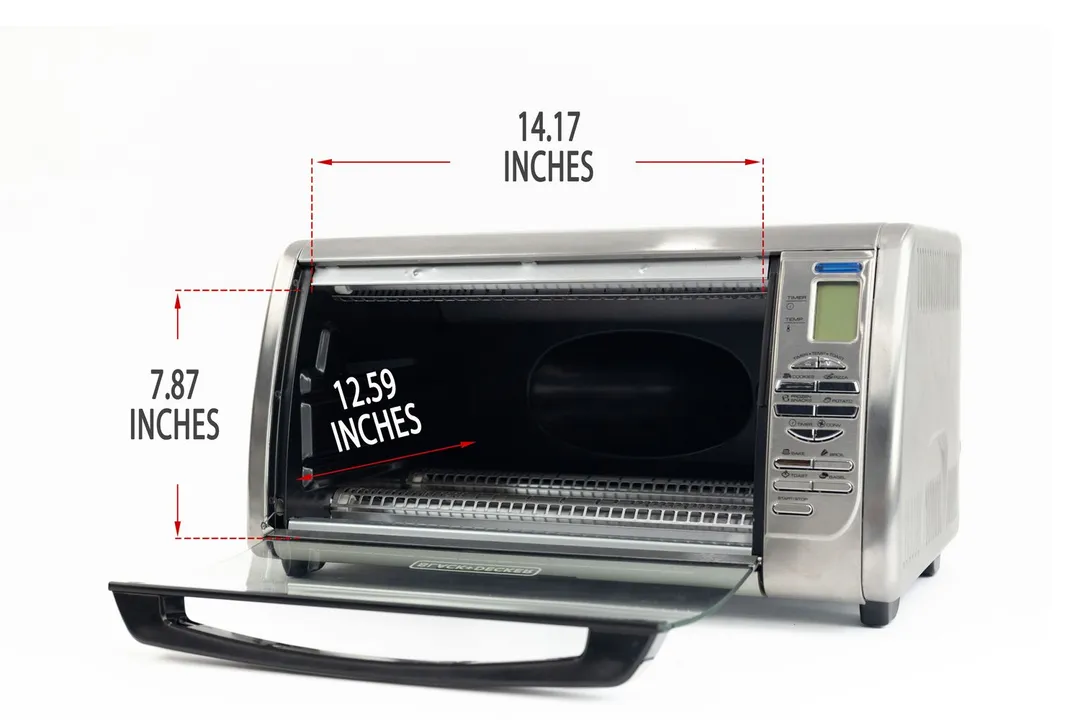
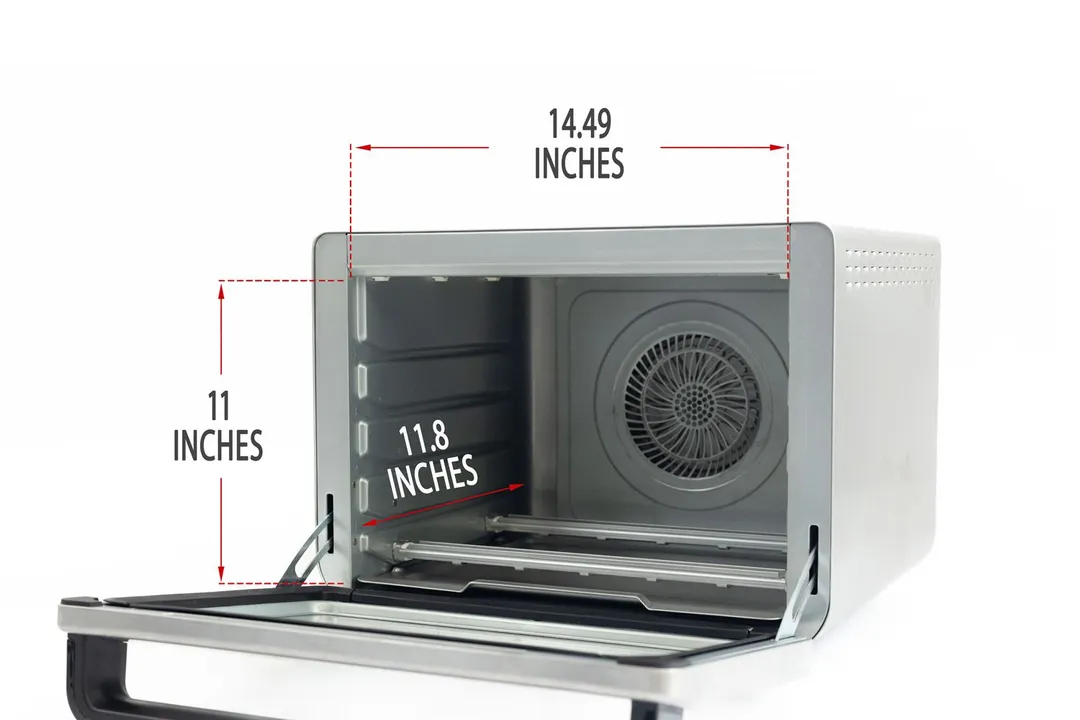
Usability
User Control
Ease of Use
Cleanability
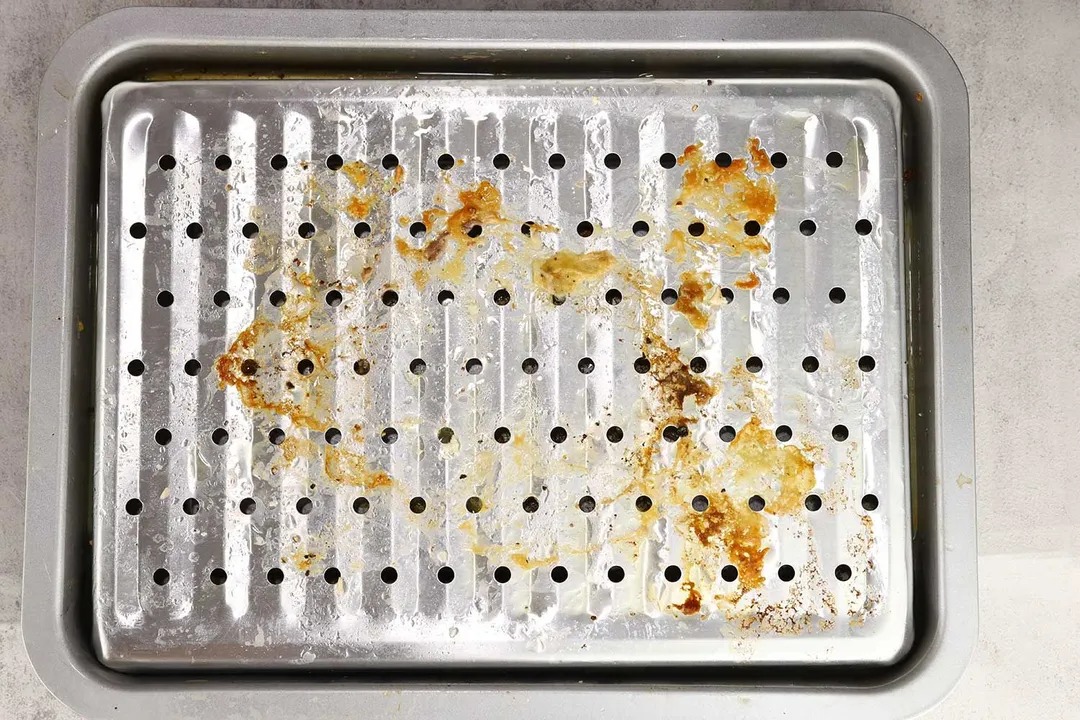
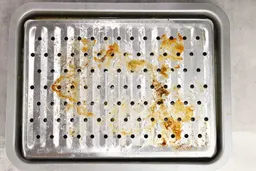

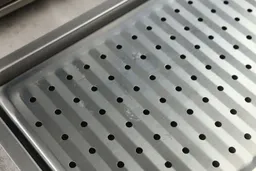
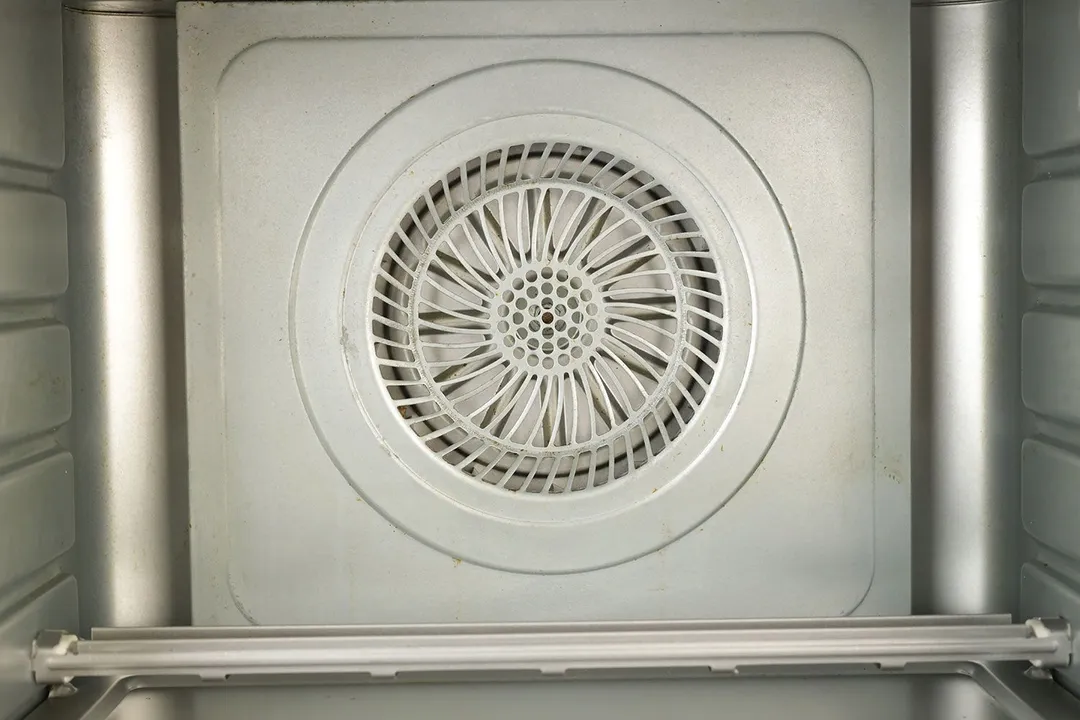
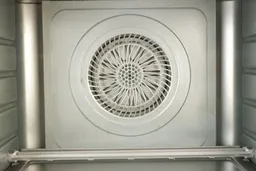
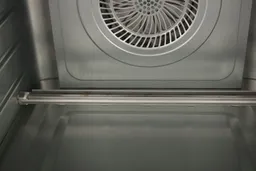

Behind the Comparison
Alan Nguyen is a writer and product reviewer at HealthyKitchen101. His major in English language teaching taught him to present concise information. In addition to his cooking hobby, he values the practical aspects of household appliances.
Lap is Head of the Research, Testing, and Review Team (RTR Team) at HealthyKitchen101.com, where he directs and supervises the testing of kitchen gadgets and appliances.
Tuyet Pham is an award-winning Saigonese chef passionate about delicious and healthful foods. At HealthyKitchen101, she develops recipes and collaborates with our Research, Testing, and Review lab to evaluate the performance of cooking appliances. Her assessments add a strong authoritative voice to our product scoring process.
Nguyen Ntk is a graphic designer, photographer, and videographer whose philosophy centers around respecting and celebrating the beauty of reality. Through his lenses, Nguyen strives to capture the true essence of objects and events, showcasing and highlighting authentic features without distortion or exaggeration.




